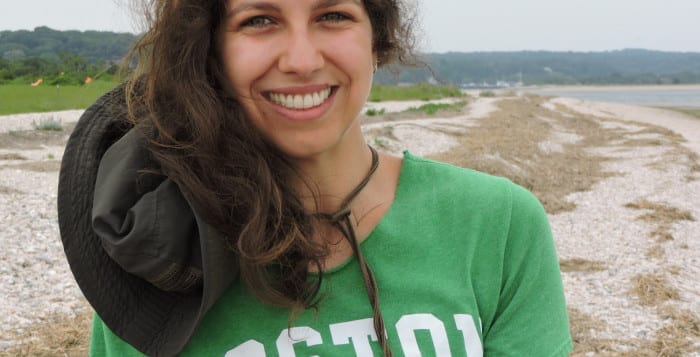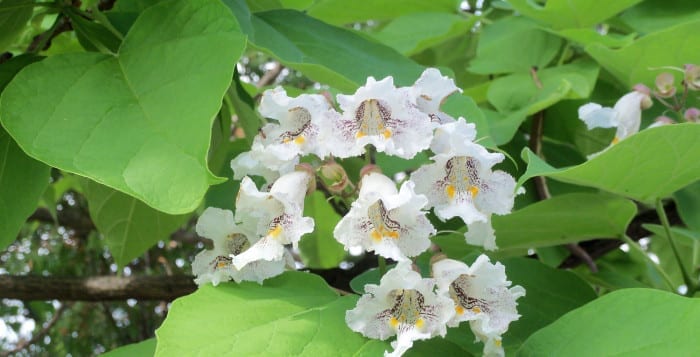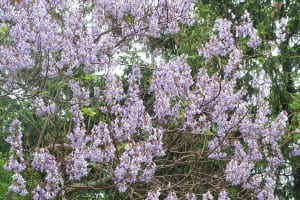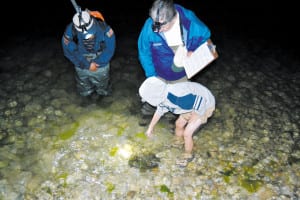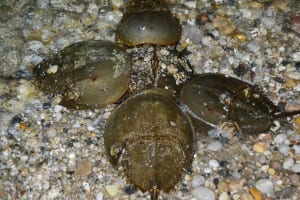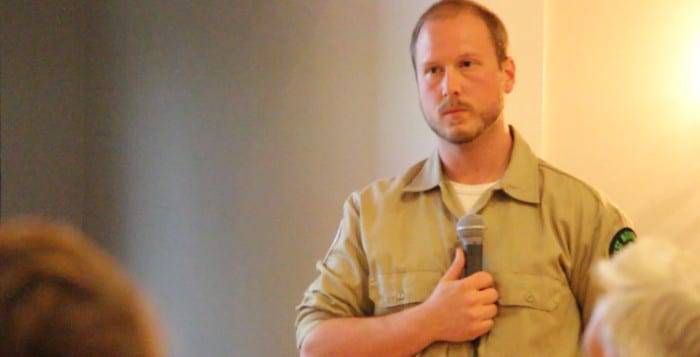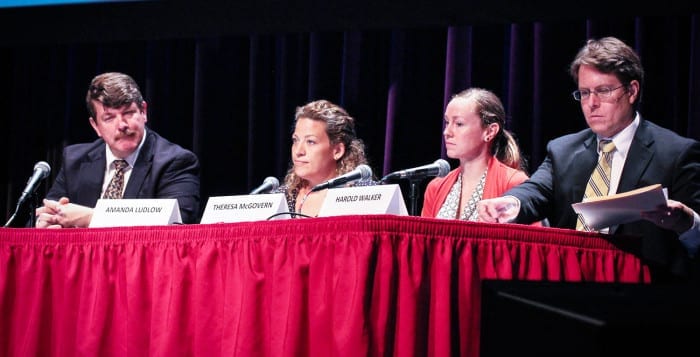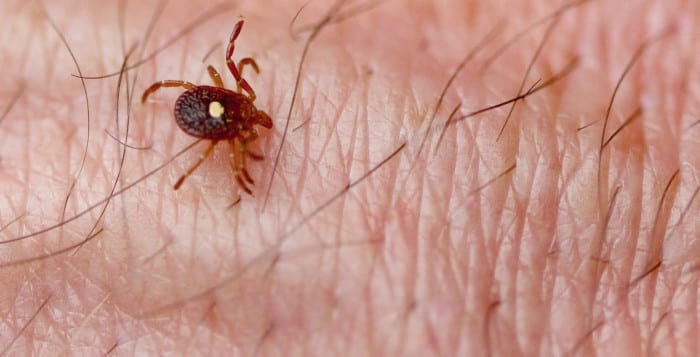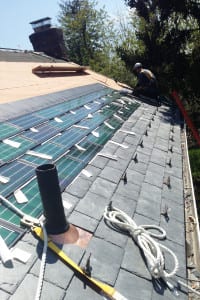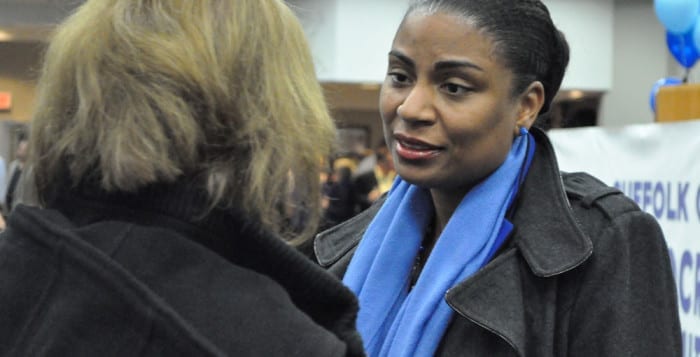It’s hot. It’s muddy. It’s dirty. But it’s exciting work, if you like that sort of thing.
That was how Nancy Grant of the Friends of Flax Pond chose to describe her group’s latest initiative this summer tracking Diamondback Terrapin turtles at West Meadow Beach. And while they may move slowly, the Friends have been acting quickly to spot the four-legged reptiles at the height of their nesting season and working to preserve their species.
“I think a lot of people don’t realize we actually have turtles here,” Grant said of the program, which has been in operation annually since 2004. “You think you have to go someplace exotic to observes them, but you don’t.”
From the third week of June through the entire month of July, the Friends of Flax Pond has set out to conduct its annual six-week search for evidence of nesting turtles, documenting the population numbers and behaviors of what Grant called an important keystone species. The group meets every Sunday at West Meadow Beach at the park ranger sign at 9:30 a.m. and is accepting volunteers on an ongoing basis.
The Friends of Flax Pond have been keeping a vigilant eye on the shorelines of West Meadow Beach and Flax Pond with hopes of spotting the exotic creatures, as Grant referred to them as a vital way of keeping a finger on the pulse of the North Shore’s environment.
“They determine the health of the area,” she said. “It’s important to protect them because their numbers have gone down. They used to be over at Flax Pond, but we haven’t seen any there since 2009, with the exception of one recently.”
The Friends have spotted on average between nine and 10 nests a year, depending on the number of volunteers, Grant said. Once they find the nest, volunteers dig around it, put a cage over it and hold it in with tent stakes to keep predators away.
They’ll even go as far as using cayenne pepper to deter animals from some nests, but Grant admitted the nearby threats like foxes and birds were becoming privy to their methods and becoming less deterred by them.
From an educational standpoint, the group has also been working to launch its own Flax Pond Summer Research Institute this summer. For a $100 fee, the Friends is offering up an internship program at the Flax Pond Lab and salt marsh as well as West Meadow Beach that links up with academic marine scientists to gather data to document changes in the marshes there. This year, the group said it planned on documenting the status of species prior to a possible dredging of the Flax Pond inlet — a 146-acre tidal wetland on the North Shore — which the Friends has been adamantly advocating for.
Earlier this year, Old Field Mayor Michael Levine and the board of trustees called on legislators from the county, state and town levels to join with Stony Brook University and the New York State Department of Environmental Conservation to see the pond dredged and protect the fin and shellfish populations known to once thrive there.
“If you don’t have a marsh there, you have nothing between you and those major waves,” Grant said. “It protects real estate. As much as having a dock is nice, it won’t matter if you don’t have those plants there.”
The application deadline for the institute is July 13 and an application can be found at flaxpondfriends.org.

